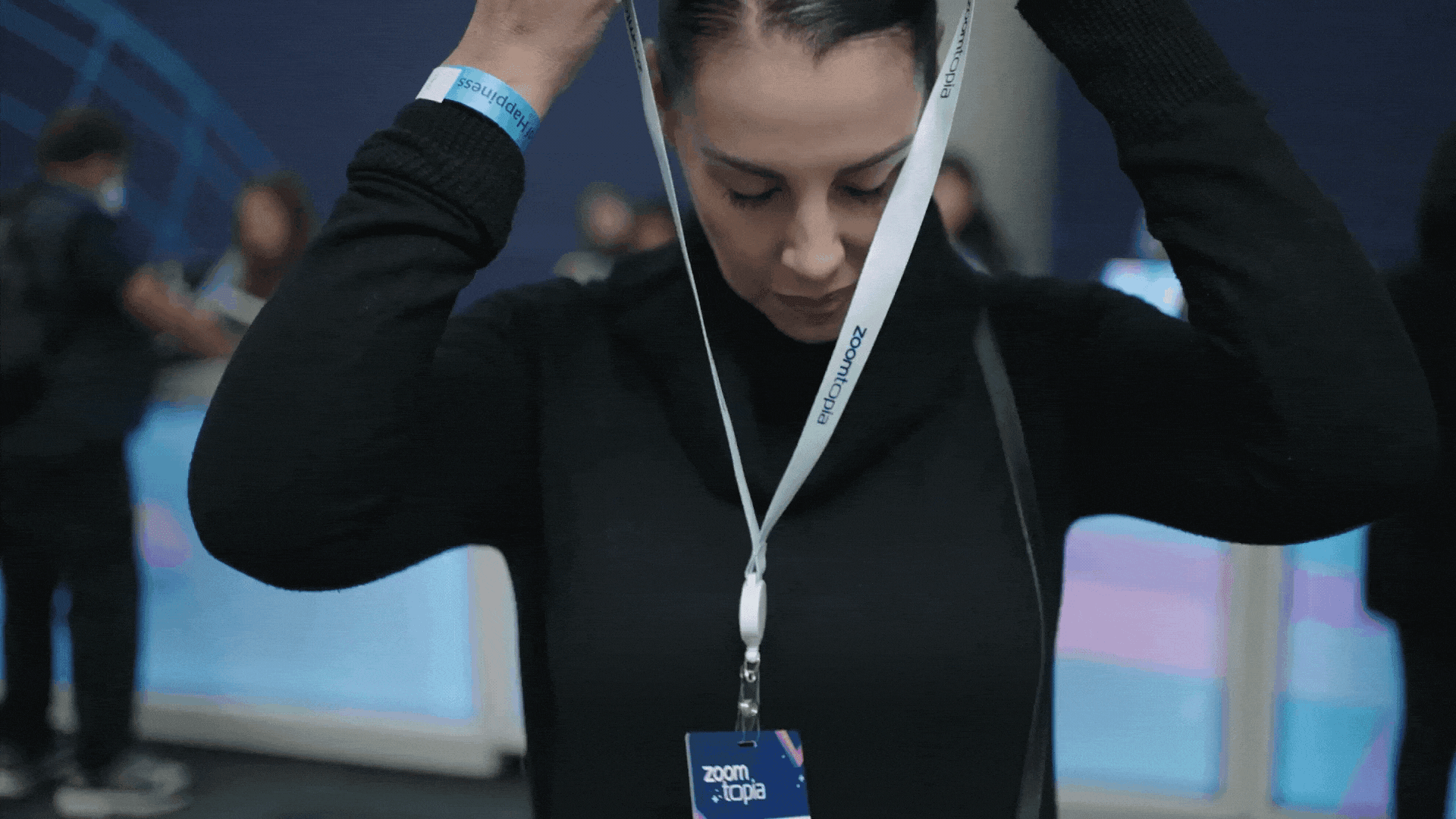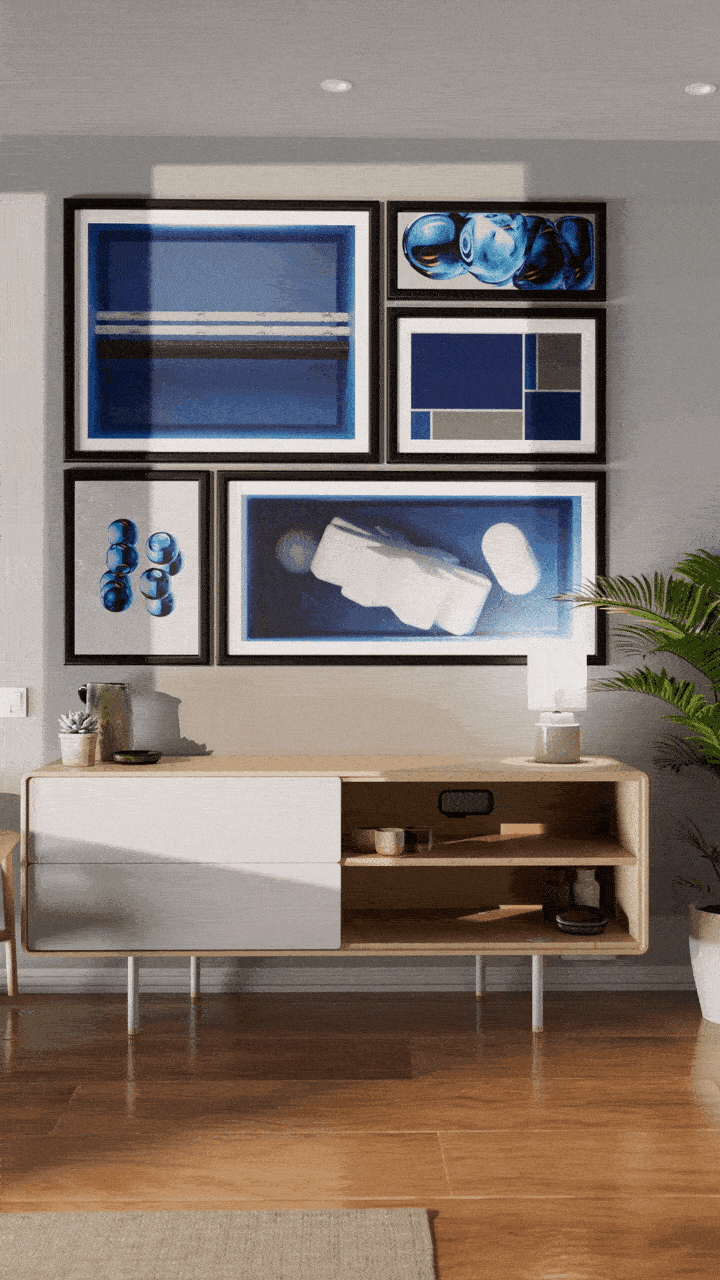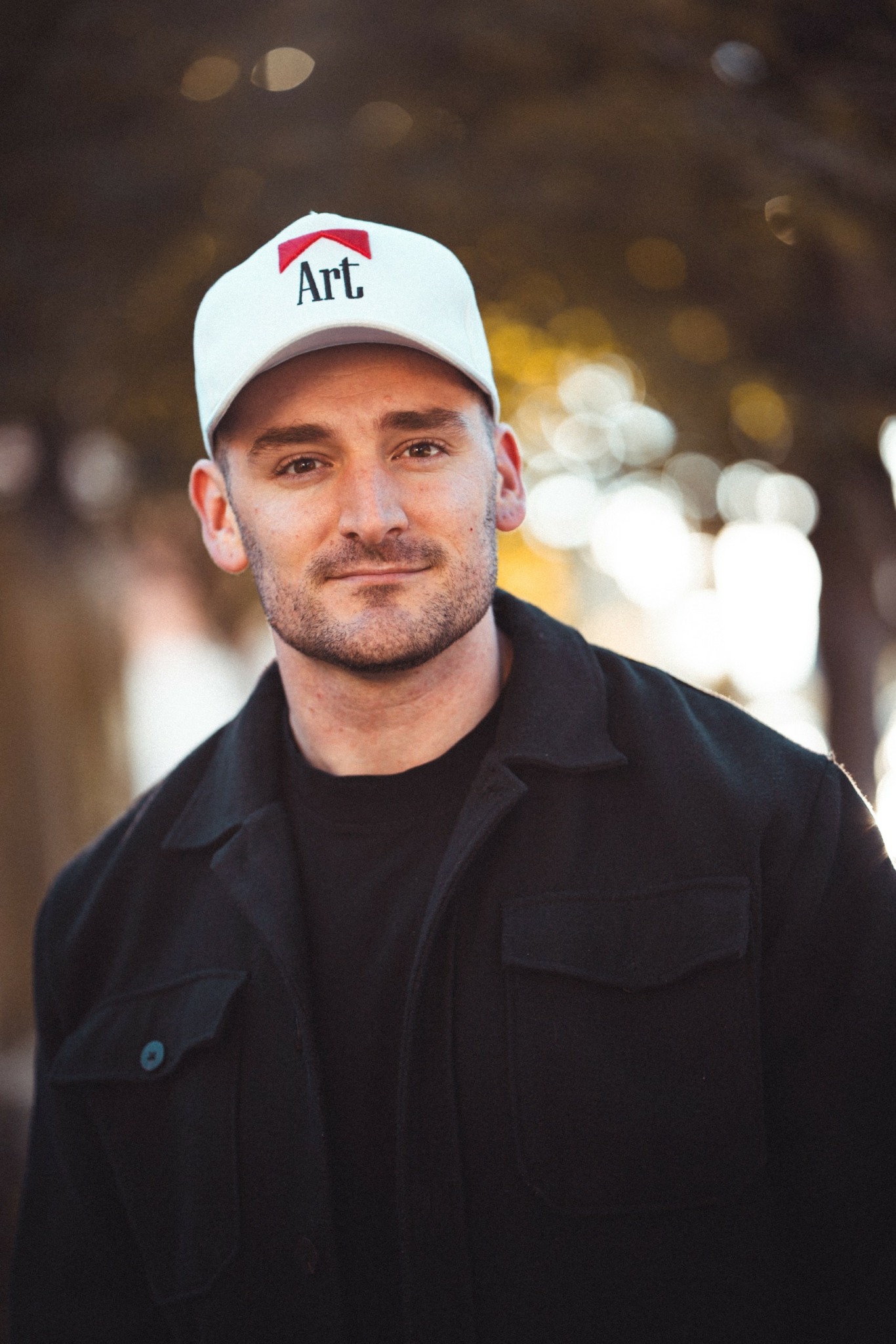We’re excited to introduce you to the always interesting and insightful Sean Coey. We hope you’ll enjoy our conversation with Sean below.
Sean, looking forward to hearing all of your stories today. Have you been able to earn a full-time living from your creative work? If so, can you walk us through your journey and how you made it happen? Was it like that from day one? If not, what were some of the major steps and milestones and do you think you could have sped up the process somehow knowing what you know now?
Yes, I’ve been able to earn a full-time living from my creative work, but it wasn’t a straight path. I got started in high school, designing and selling clothing inspired by skateboarding. With support from my art teacher Mr. Lancaster, who let me teach myself Adobe Illustrator during class, and from my family, especially my stepmom Theresa, who drove me to pitch local skate shops, I got my designs into five stores and learned a ton from her.
After high school, I struggled for a few years, dropping out of college and going down an extremely rough road. When I finally got my act together and got sober, my confidence was super low, and I didn’t believe I could make a living with design. So I started manual labor-type jobs while slowly trying to rebuild my confidence. Eventually, I landed a graphic design job at a small print and design shop. That experience gave me the foundation I needed to go freelance under Coey Designs, but it wasn’t until a client asked for motion design that everything changed. I opened After Effects, and it just clicked. I felt the same passion for animation as I had when I was younger and obsessed with skateboarding.
That drive led me to dive deep into 2D and 3D motion graphics. I started learning every night and on weekends. A big break came when a friend, Brandon Realmonte, brought me on a contract at Zoom. What started as a three-month gig turned into two and a half years, and from there I landed work with other tech companies—eventually leading to a contract with Apple, where I’m at now.
Looking back, I could’ve moved faster if I believed in myself earlier and used that belief to take action. I held onto limiting thoughts like “if only I went to college,” when really, I just needed to keep learning, improving, and putting myself out there.
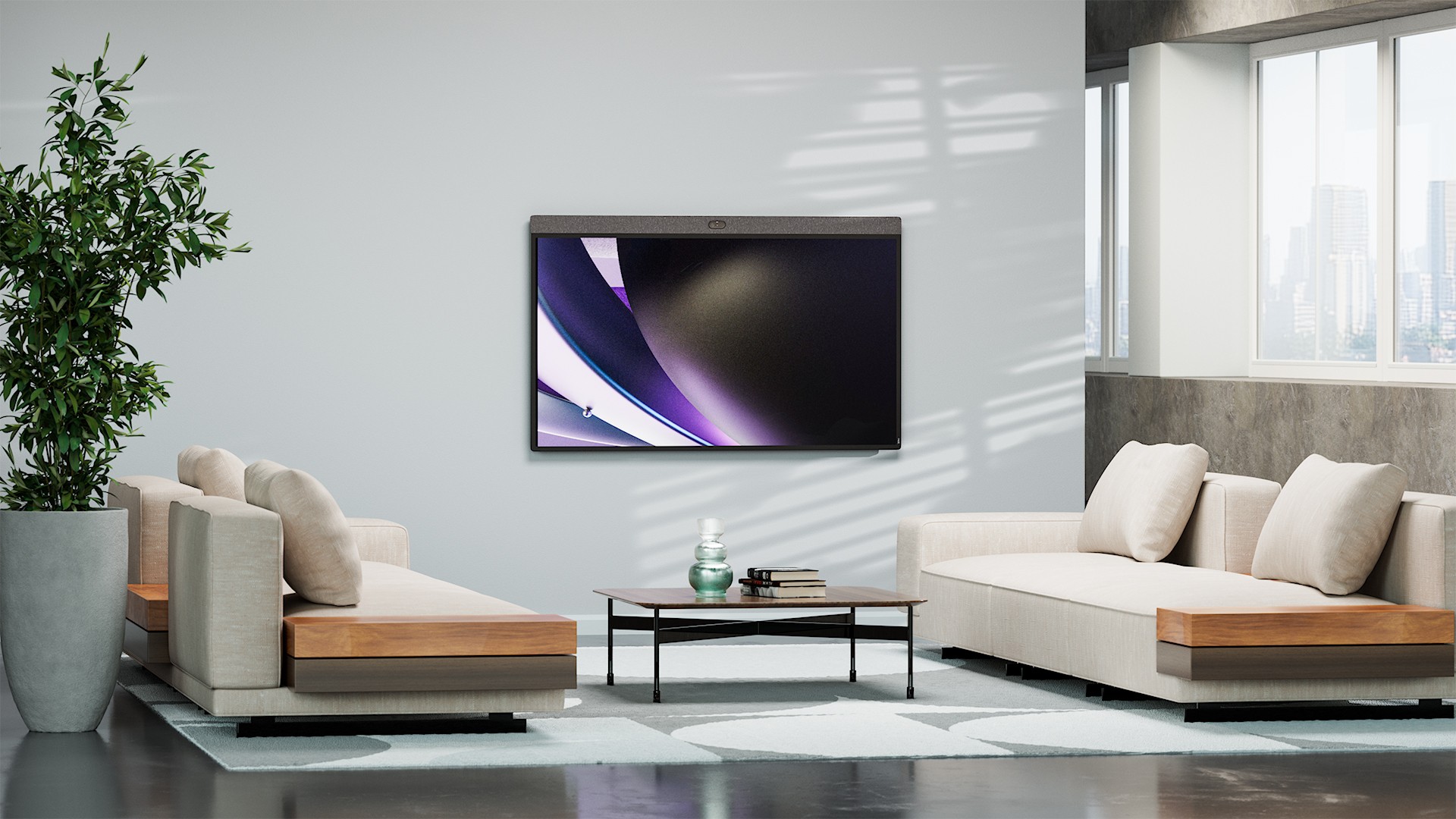
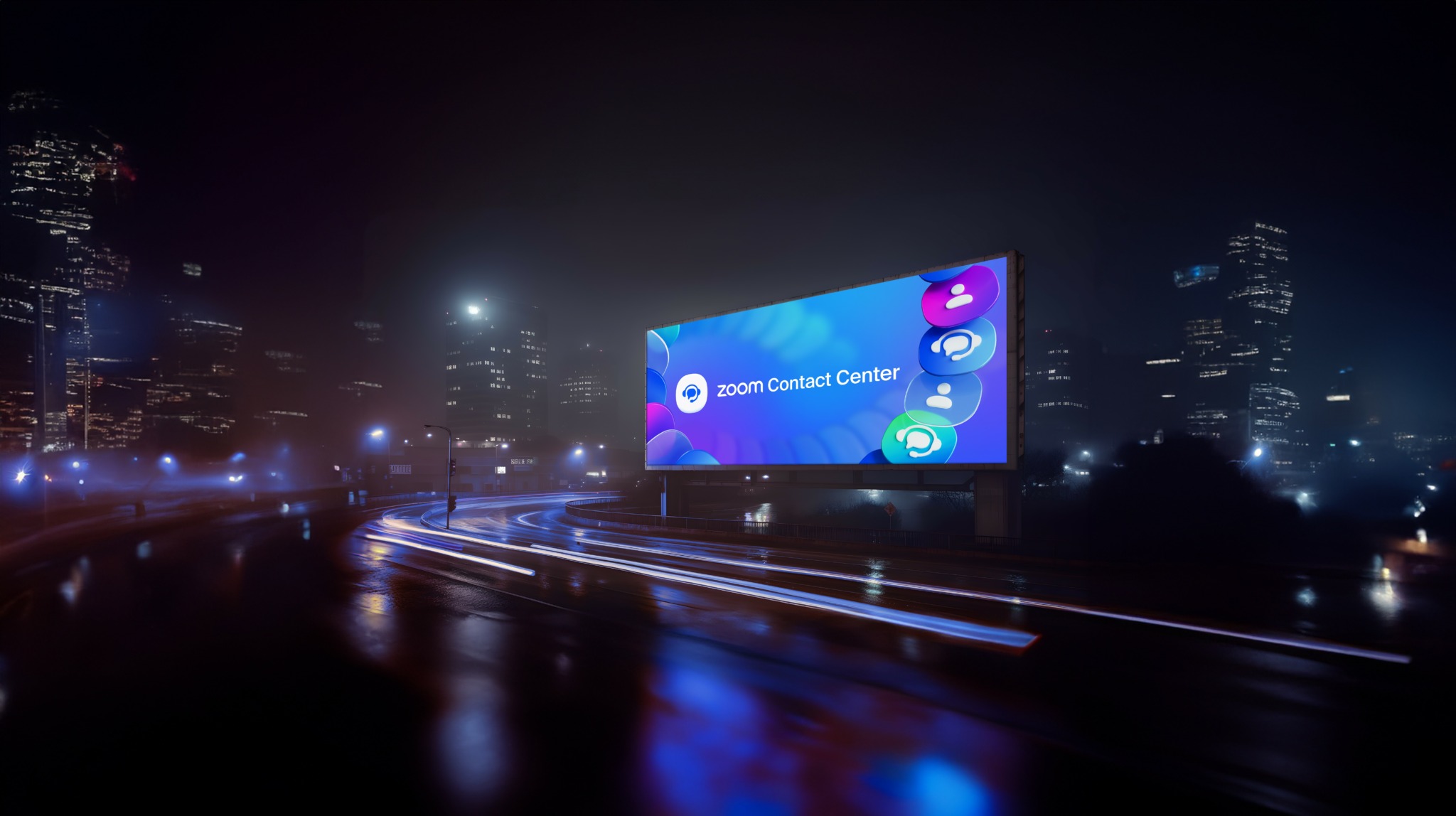
As always, we appreciate you sharing your insights and we’ve got a few more questions for you, but before we get to all of that can you take a minute to introduce yourself and give our readers some of your back background and context?
I’m a motion designer and 3D artist working at the intersection of design and animation. I create animated content including UI/UX animations, motion identities, and product visualizations. In simple terms, that means I animate logos and app interfaces in 2D, and in 3D I bring products to life—mixing realism with abstract, surreal elements. My work spans everything from social media content and product launches to commercials and large-scale event visuals. I’ve worked with brands like Apple and Zoom to help bring their ideas and identities to life through animation.
I have a broad skill set across both 2D and 3D, which can be a pro or a con, depending on the day! What sets me apart is my background in graphic design and my passion for creative problem-solving and building technical animation pipelines and workflows.
I’m most proud of building a career doing what I love, and I’m constantly pushing myself to grow, evolve, and learn from the people around me.
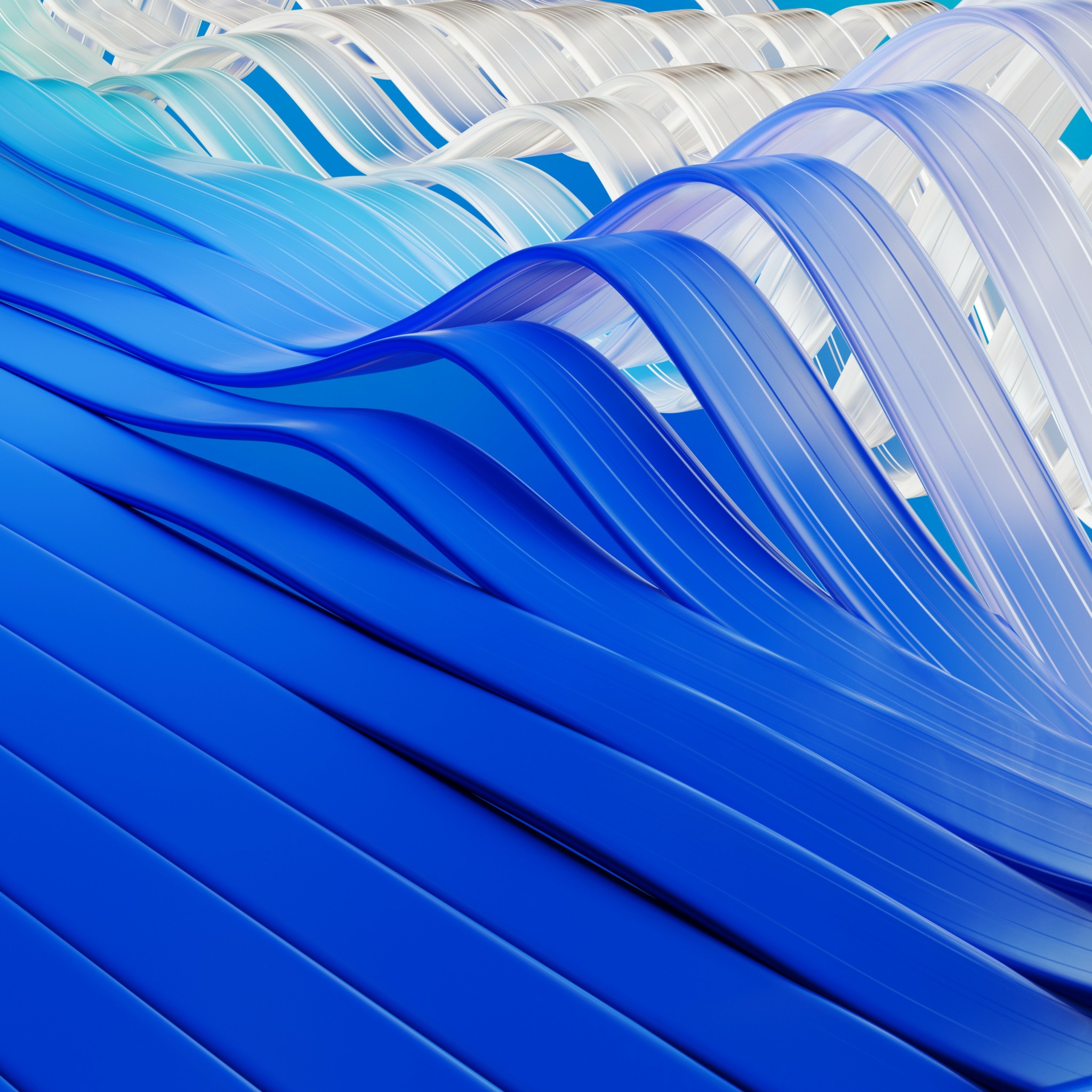
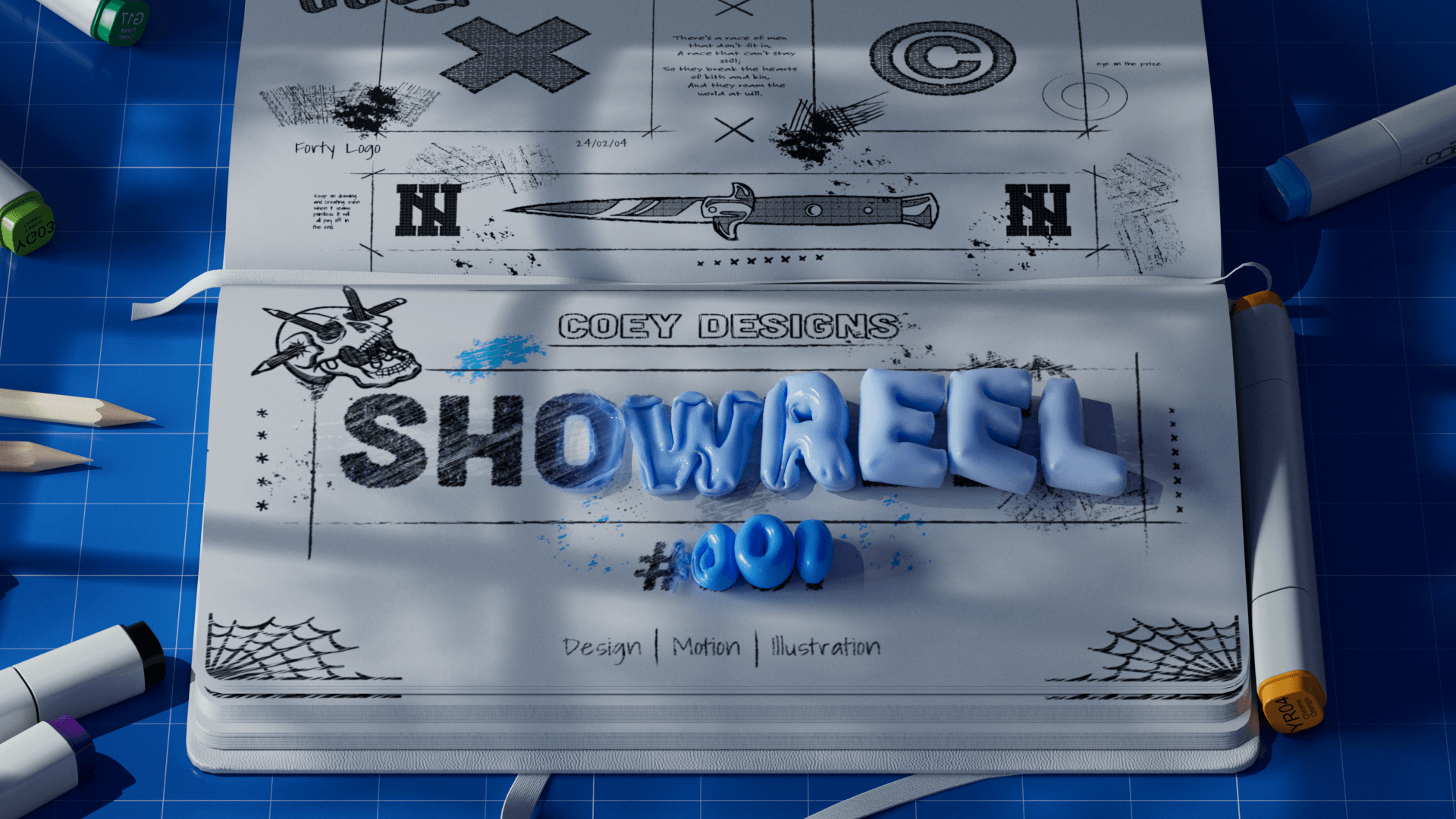
Where do you think you get most of your clients from?
The best source of new clients for me has been referrals. The second best has been sharing my work on social platforms, notably Instagram, LinkedIn, and Behance. One of the biggest shifts for me was learning to set my ego aside and just put the work out there, no matter how I felt about it. Done is better than perfect, and consistently sharing helped people see what I was capable of—even if I didn’t think it was my best work at the time.
I don’t have a huge following, but people often overlook the quality of followers. If I have five artists from five different agencies following me, that’s way more valuable than a thousand random followers. You never know who’s watching or when the right opportunity will show up.


How about pivoting – can you share the story of a time you’ve had to pivot?
One of the biggest pivots for me was going from graphic design to animation. I didn’t really start learning motion until I was 26, and at the time I felt like I was super late to the game. But looking back, it was the best decision I could’ve made and in no way was I “late”.
Working at the intersection of technology and art means things are constantly evolving. In my eyes, the ability to pivot isn’t just helpful, it’s essential. Designers and animators were working in totally different ways 20 years ago, and with AI advancing so quickly, I know my workflow will look different very soon. In fact, it is already changing. Being open to change, staying curious, and continuing to learn is what keeps this all exciting for me though.
Contact Info:
- Website: https://coeydesigns.com
- Instagram: coeydesigns
- Linkedin: https://www.linkedin.com/in/seancoey/
- Other: https://www.behance.net/coeydesigns
